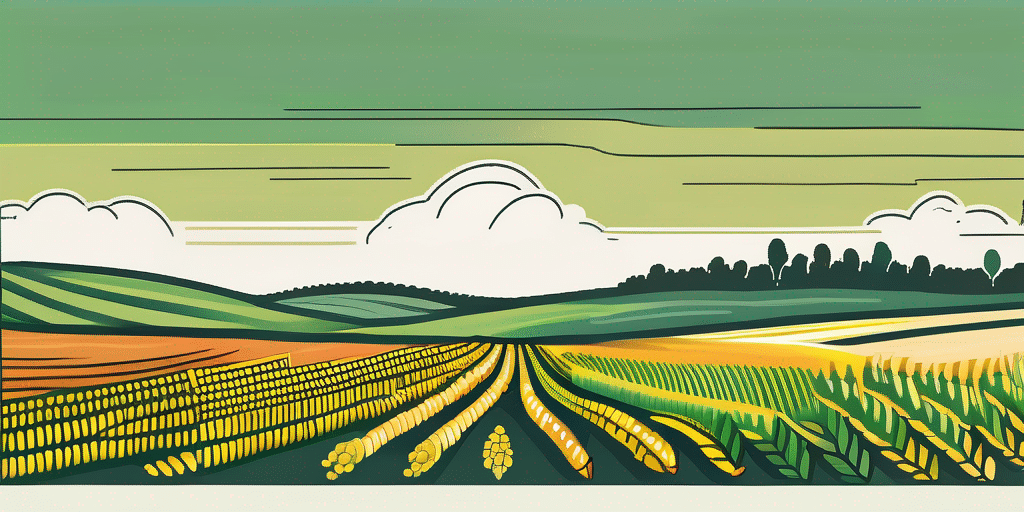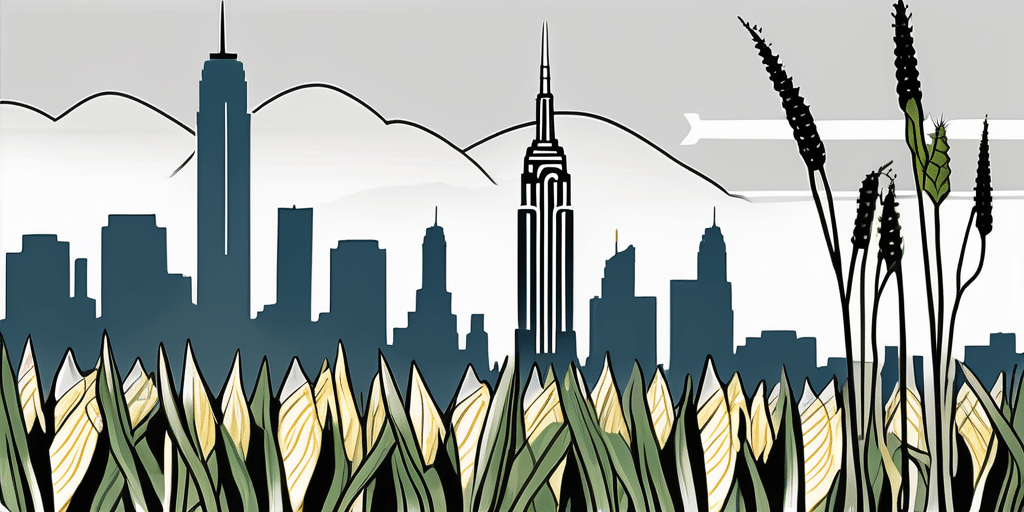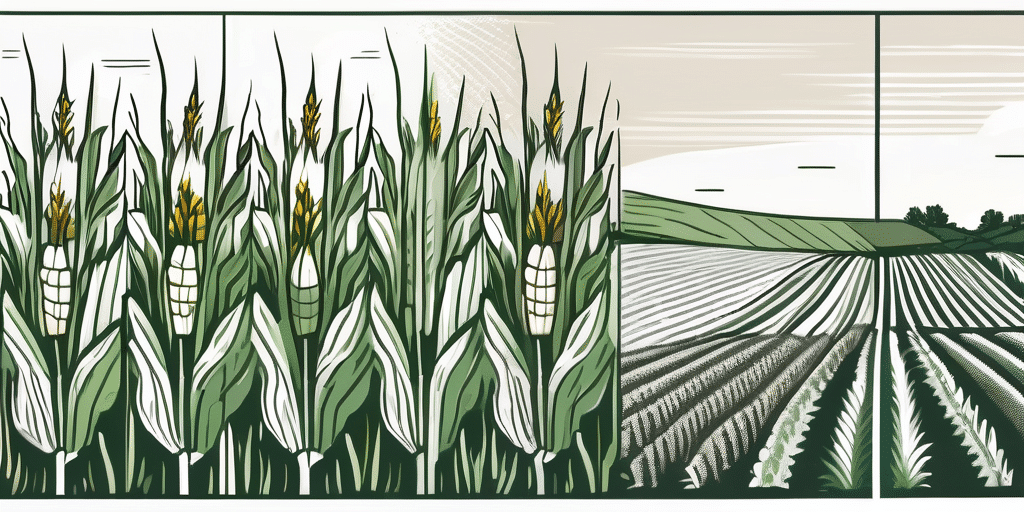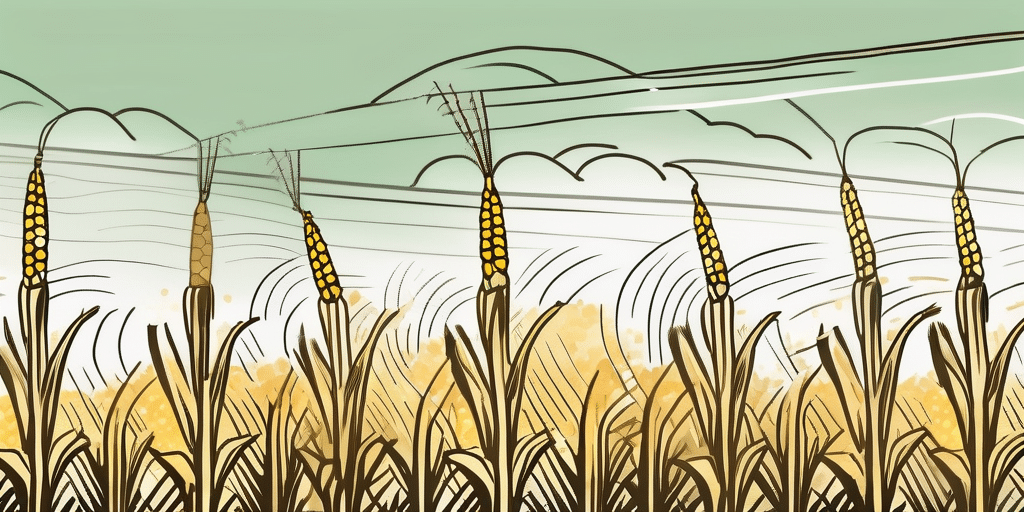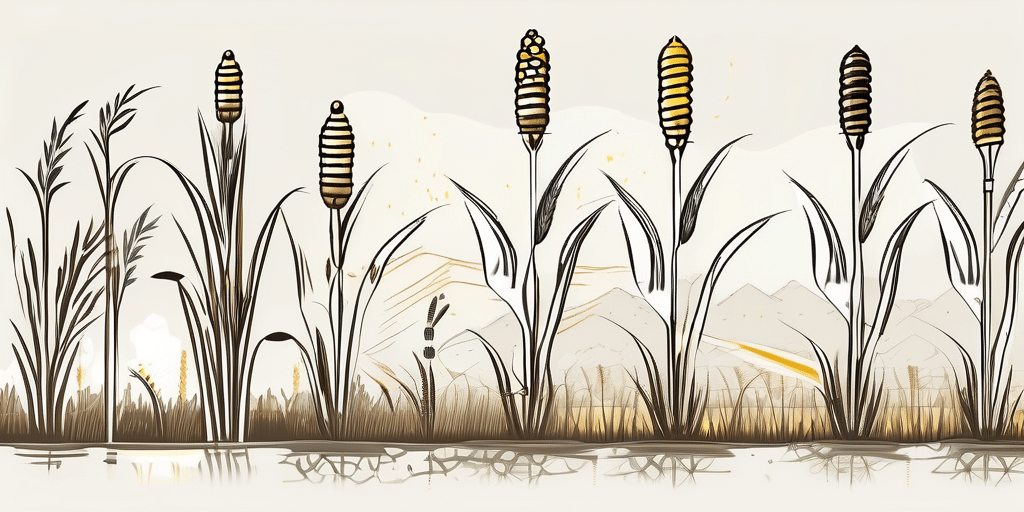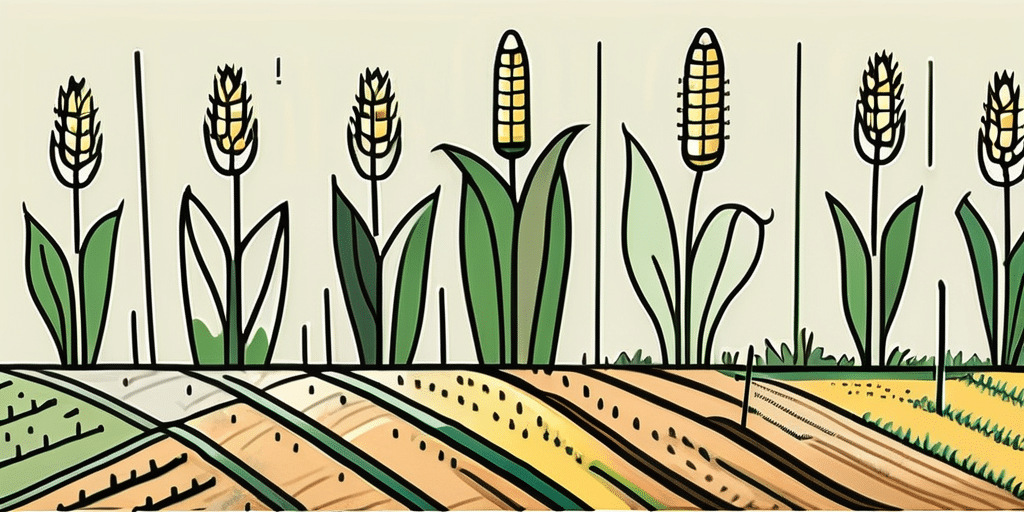Ruby Queen Corn is a popular variety of sweet corn that thrives in Zones 7a and 7b. If you live in these zones and want to enjoy the delicious taste of Ruby Queen Corn, this article will guide you on when to plant and how to grow it successfully.
Growing Ruby Queen Corn in Zones 7a and 7b
Ruby Queen Corn is known for its vibrant, deep red kernels that burst with flavor. It is a high-yielding variety that can be grown in both home gardens and larger agricultural settings. Here are some essential tips for successfully growing Ruby Queen Corn in Zones 7a and 7b:
- Choose a sunny location: Ruby Queen Corn thrives in full sun, so select a location in your garden that receives at least 6-8 hours of direct sunlight daily.
- Prepare the soil: Before planting, ensure that the soil is well-draining and rich in organic matter. Work in compost or well-rotted manure to improve the soil’s fertility.
- Sow the seeds: Plant the seeds directly in the soil once the danger of frost has passed and the soil temperature has reached around 60°F (15°C). Make sure the soil is moist but not waterlogged.
- Spacing: Leave about 12-18 inches of space between each plant, as Ruby Queen Corn plants can reach a height of 6-7 feet and require room for proper growth and air circulation.
- Watering: Corn plants need consistent moisture, especially during the hot summer months. Water deeply and regularly, aiming to provide around 1-1.5 inches of water per week.
- Fertilization: Feed your Ruby Queen Corn plants with a balanced fertilizer once they reach a height of around 12 inches. Follow the manufacturer’s instructions for application rates.
- Weed control: Keep the area around your corn plants free from weeds, as they can compete for nutrients and water. Regularly mulching the soil can help suppress weed growth.
- Pest and disease management: Monitor your corn plants for common pests like corn earworms and control them using organic methods if necessary. Keep an eye out for signs of disease and promptly address any issues.
Growing Ruby Queen Corn in Zones 7a and 7b offers a unique opportunity to experience the joy of cultivating this exceptional variety in a specific climatic region. The beauty of Ruby Queen Corn lies not only in its striking appearance but also in its rich history and cultural significance. Native to the Americas, corn has been cultivated for thousands of years by indigenous peoples, who recognized its nutritional value and revered it as a sacred crop.
When you grow Ruby Queen Corn, you become part of this ancient tradition, connecting with the land and honoring the legacy of those who came before. As you tend to your corn plants, envision the generations of farmers who have carefully nurtured this crop, passing down their knowledge and techniques from one era to the next.
By following the tips provided, you can ensure that your Ruby Queen Corn thrives in Zones 7a and 7b. Remember, gardening is a journey of patience and dedication. As you watch your corn plants grow, take a moment to appreciate the miracle of nature unfolding before your eyes. From the tiny seed to the towering stalks, each stage of growth is a testament to the resilience and beauty of life.
Climate & Hardiness in Zones 7a and 7b
Before planting Ruby Queen Corn, it’s important to understand the climate and hardiness of Zones 7a and 7b. These zones are characterized by mild to moderate winters and hot summers. Here’s what you need to know:
- Last frost date: In Zone 7a, the average last frost date falls between mid-March and mid-April. In Zone 7b, it ranges from mid-February to late March. Wait until after the last frost to plant your corn seeds.
- First frost date: In Zone 7a, the average first frost occurs between mid-October and early November. In Zone 7b, it ranges from mid-October to late November. Harvest your corn before the first frost.
- Heat tolerance: Ruby Queen Corn is relatively heat-tolerant, but during periods of extreme heat, it’s crucial to provide adequate irrigation to prevent stress on the plants.
- Temperature requirements: Ruby Queen Corn requires warm soil for germination, around 60°F (15°C) or higher. It thrives in daytime temperatures between 75-85°F (24-29°C) during the growing season.
When to Plant Ruby Queen Corn in Zones 7a and 7b
Knowing the ideal planting time is crucial for a successful corn harvest. In Zones 7a and 7b, the best time to plant Ruby Queen Corn is after the danger of frost has passed and the soil temperature reaches 60°F (15°C) or higher, typically in late spring or early summer. This is usually around mid-April in Zone 7a and late March in Zone 7b.
It’s important to note that corn seeds will not germinate in cold soil, so ensure that the soil is adequately warmed up before sowing the seeds. You can use a soil thermometer to check the temperature.
When to Harvest or Pick Ruby Queen Corn in Zones 7a and 7b
Waiting for the right time to harvest your Ruby Queen Corn is crucial for the best taste and texture. Here are some signs to look for:
- Silks: When the corn silks turn brown and dry, it’s usually an indication that the ears are almost ripe.
- Ear size: Ruby Queen Corn ears typically grow to about 8 inches long. Wait until they reach this size before harvesting.
- Kernels: Gently peel back the husk and pierce a kernel with your fingernail. If a milky liquid spurts out, it’s a sign that the corn is ready to harvest.
- Timing: In Zone 7a, Ruby Queen Corn is generally ready to harvest 75-85 days after planting. In Zone 7b, it’s closer to 70-80 days. Keep an eye on your corn and harvest accordingly.
For the best flavor and texture, harvest your Ruby Queen Corn in the morning when the temperatures are cooler. This will help preserve the sweetness and tenderness of the kernels.
Frequently Asked Questions
Here are some common questions about growing Ruby Queen Corn in Zones 7a and 7b:
Q: Can I start Ruby Queen Corn indoors and then transplant it?
A: While it is possible to start the seeds indoors and transplant the seedlings, it’s generally not recommended for corn. Transplanting corn can lead to root disturbance and stunted growth. It’s best to sow the seeds directly in the soil.
Q: How often should I water my Ruby Queen Corn?
A: Corn plants require consistent moisture, especially during hot and dry periods. Aim to provide about 1-1.5 inches of water per week through rainfall or irrigation. Water deeply, ensuring the moisture penetrates the root zone.
Q: Can I save seeds from the harvested Ruby Queen Corn?
A: Yes, you can save seeds from your harvested Ruby Queen Corn. Select fully mature and healthy ears for seed saving. Allow the ears to dry on the stalk until the kernels are hard. Remove the kernels and store them in a cool, dry place for future planting.
Now that you have the knowledge and confidence to grow Ruby Queen Corn in Zones 7a and 7b, get ready to enjoy a bountiful harvest of this delicious and attractive variety. With proper care and attention, you’ll be rewarded with juicy, red kernels that will elevate your summer meals to new heights of flavor. Happy growing!
Join the How to Grow Everything Community
Ready to take your gardening skills to the next level? Subscribe for free to How to Grow Everything and learn how to build the garden of your dreams! Receive personalized gardening advice tailored to your specific zone, experience, and interests. Enjoy the best gardening tips, special offers, and deals delivered straight to your inbox – all 100% free, from our family to yours. Don’t miss out on our extensive library of free growing and gardening articles designed just for you. Subscribe now and join a community of gardeners thriving in zones like 7a and 7b, and beyond!

